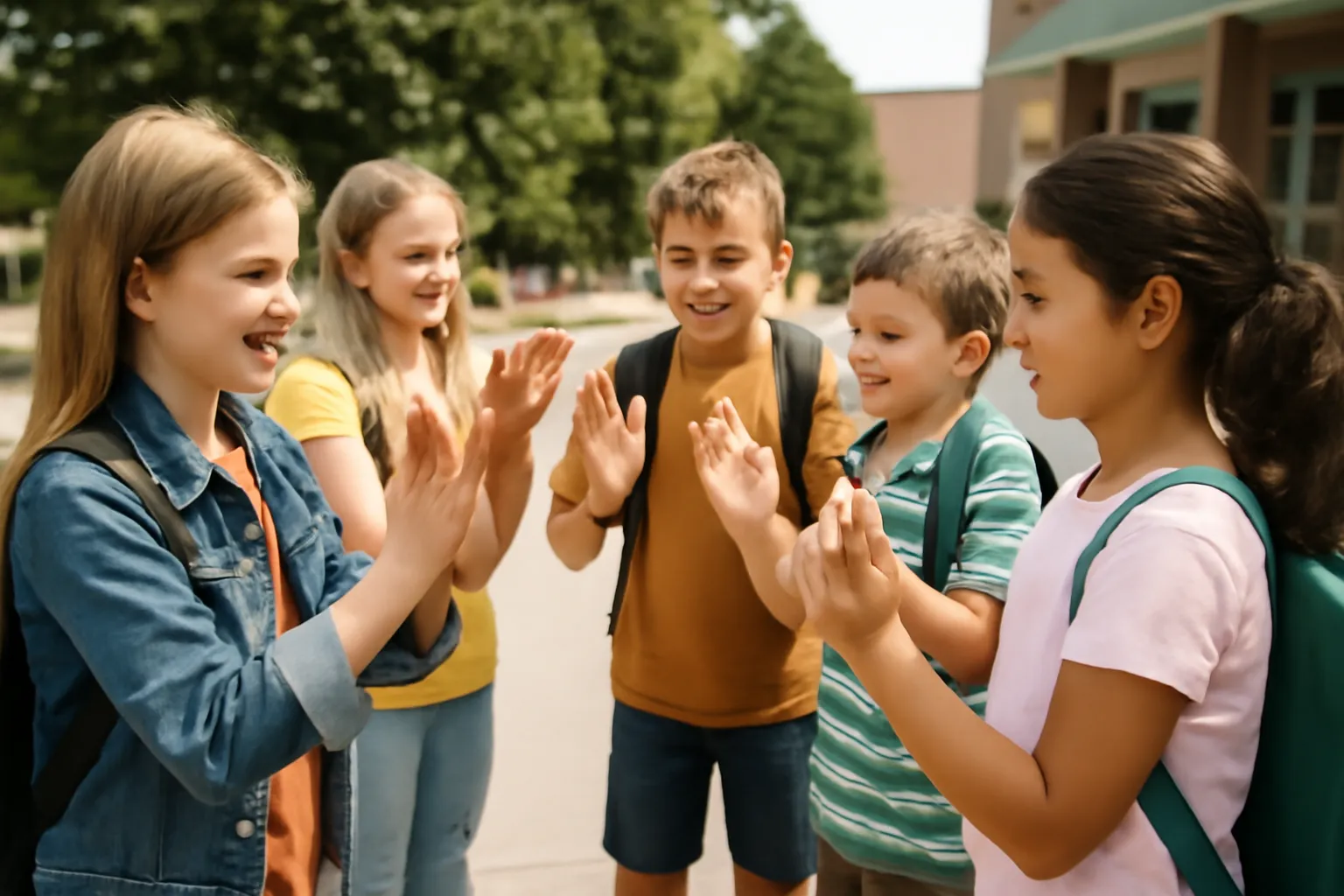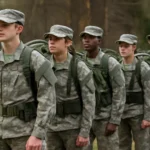Have you ever wondered about the impact of group activities on elementary school students? Learn how simultaneous activities can shape their development, social skills, and learning experiences.
When we think of elementary school students, we often imagine them in classrooms, engaging with lessons or playing in the playground. However, there’s an equally important aspect of their development that we tend to overlook: the dynamics created when students are engaged in the same activity at the same time. This concept of simultaneous activities isn’t just about keeping kids occupied; it’s about fostering critical skills like teamwork, empathy, and communication.
In this article, we’ll explore the significance of having elementary school students engage in group activities simultaneously, discussing how it benefits them academically and socially.
Elementary School Student Recommended Nursery Rhymes: A Fun Way to Learn
One of the best ways to engage young students in group activities is through nursery rhymes. These simple, catchy songs are not just for entertainment, but are also an effective learning tool. When elementary school students sing and participate in nursery rhymes together, they are not only enhancing their memory and language skills but also practicing rhythm, social interaction, and emotional expression.
For example, “Twinkle, Twinkle, Little Star” isn’t just a fun song. When a group of students sings it together, they learn to synchronize their voices, improving their listening and attention skills. It’s also a wonderful way to introduce concepts like pattern recognition and the development of language fluency. The simultaneous nature of this activity helps children practice group coordination, as they need to stay in rhythm with each other.
Furthermore, when students sing or perform a rhyme together, they feel a sense of belonging. This shared experience creates a bond among the children and fosters a collaborative environment. A key benefit of such activities is that it provides the foundation for future group work, where communication, trust, and listening skills are crucial.
Why is this important?
Simultaneous group activities like nursery rhymes also offer a great way for shy or introverted children to ease into socializing. They provide a low-pressure environment for students to bond, and the familiarity of the songs helps create a sense of security.
Want to try something new in your classroom?
Incorporating group singing sessions can be a wonderful way to start each day on a positive note.
👉Discover more about nursery rhymes for kids👈
The Power of Simultaneous Collection in the Classroom
Another aspect of simultaneous activities in an elementary school setting is the concept of collective tasks, where all students are working toward the same goal at the same time. A perfect example of this is during science experiments, art projects, or even when students clean up their spaces together. This collective activity can help teach important life skills like responsibility, teamwork, and collaboration.
Consider a simple task where all the students in a class are given the same set of materials to create a group project. Each child is assigned a role, but the task is designed so that they must collaborate and complete the project together. The simultaneous participation of the students ensures that everyone feels involved, promoting a deeper understanding of group effort.
When students engage in simultaneous collection tasks, they learn how their individual contributions fit into the broader picture. Whether it’s collecting items for an art project or collaborating on a group presentation, students gain a valuable understanding of how their actions impact the collective outcome. This can also help foster a sense of shared responsibility, which is a key component of building leadership and teamwork skills.
How does this impact their development?
Through these simultaneous activities, students build self-confidence and learn how to support others. They understand that success is often the result of collaboration rather than individual effort, teaching them that collective work can be both fulfilling and productive.
Ready to implement group projects in your classroom?
Encouraging collaborative tasks ensures that every student gets the chance to contribute their unique skills while also learning to listen and cooperate.
👉Explore collaborative project ideas for students👈
Why Simultaneous Learning at the Same Time Matters for Elementary School Students
At the core of education, simultaneous learning experiences help children understand how to work in harmony with others. Whether it’s through group discussions, interactive lessons, or joint performances, having students participate in activities at the same time enhances their engagement and learning retention.
The benefit of simultaneous learning is clear: it brings children out of their individual spaces and into a shared experience. They get to see different perspectives, ask questions, and learn together. This kind of learning environment prepares them for real-world situations where teamwork and communication are essential.
How does this benefit social and academic growth?
When students work together at the same time, they naturally develop better communication skills, problem-solving abilities, and a stronger sense of empathy. These skills are fundamental not only in school but also later in life, whether in the workplace or in personal relationships.
Furthermore, simultaneous learning helps break down barriers. Children who may not interact outside of class often find common ground during these joint activities. It promotes inclusivity, where every child is encouraged to participate in ways that suit their abilities.
Looking to improve classroom dynamics?
Consider organizing activities where students work in real-time, sharing ideas, collaborating, and even solving problems together. It’s a great way to ensure all students feel connected and valued.
👉Learn more about the benefits of simultaneous learning👈
Conclusion
As we’ve seen, group activities involving elementary school students at the same time play a crucial role in their social, emotional, and academic development. Whether it’s singing nursery rhymes, participating in collective tasks, or learning simultaneously, these activities foster cooperation, teamwork, and communication. By encouraging students to work together, we not only improve their learning experience but also prepare them for future collaborative efforts in life.
As the famous quote by Helen Keller goes, “Alone we can do so little; together we can do so much.” This timeless truth applies to the classroom as well—when students engage in simultaneous activities, they unlock their full potential.






